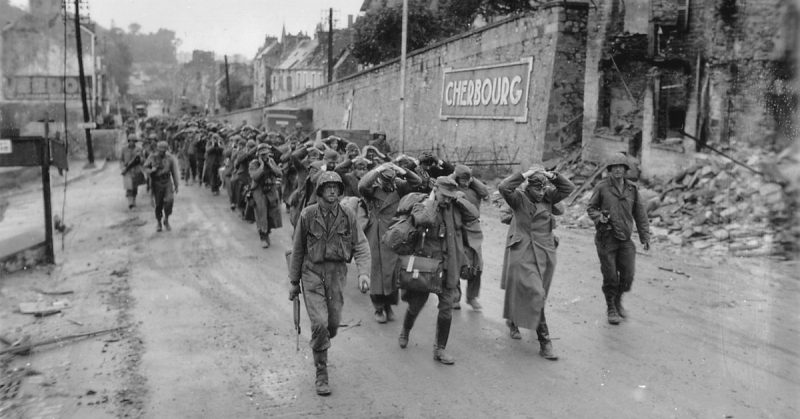Cherbourg was one of the US Army’s first major targets during Operation Overlord. The city at the end of the Cotentin peninsula was a significant base for the occupying German forces. Capturing it would remove a threat from the Allies’ rear before they advanced south. It would also give them access to port facilities to unload supplies.
Preparing for Cherbourg
In the aftermath of the D-Day landings of 6th June 1944, General J. Lawton Collins, the commander of VII Corps, wanted to make a swift advance on Cherbourg. Known as Lightning Joe, Collins was an ambitious but sometimes nervous commander who had made his reputation in the fighting on Guadalcanal. A rush towards the town was characteristic of his leadership style.
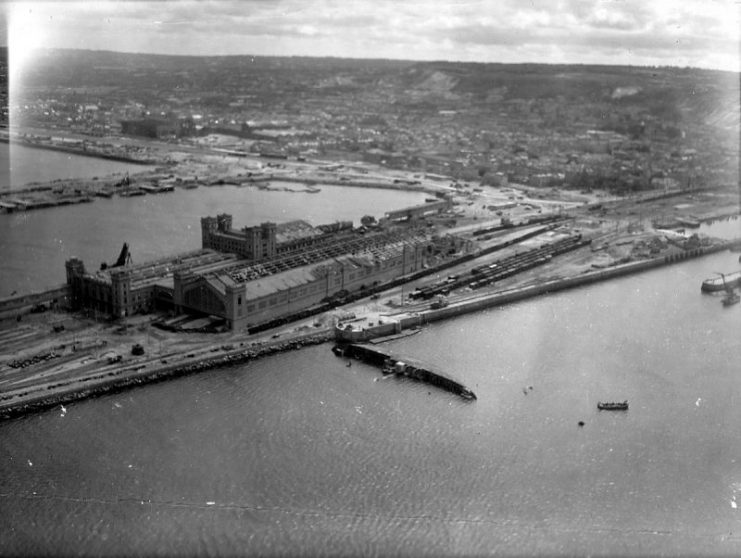
Collins was overruled by Omar Bradley, one of the most capable American commanders of the war. Bradley believed that before Cherbourg could be taken it needed to be isolated. Then the Germans would not be able to bring reinforcements or supplies in to help the defenders.
Cherbourg’s location favored such a plan. It lay at the northern end of the Cotentin Peninsula. American forces had landed at the base of the Cotentin on Utah beach. If they could advance across the width of the peninsula, a distance of around 20 miles, they could then cut off Cherbourg and the surrounding area.
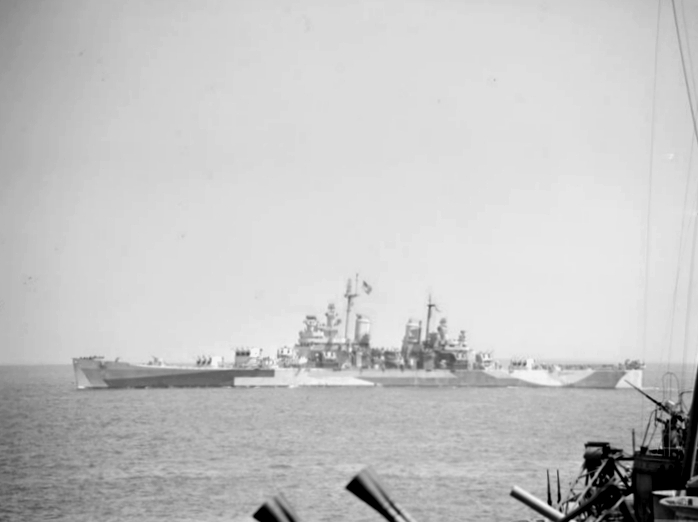
This severing of the neck of the peninsula was completed on the 18th of June when V Corps reached the small town of Barneville. Immediately, Collins began the advance he had waited nearly two weeks to launch, heading north for Cherbourg.
The Defenses
The defenses of Cherbourg were designed to prevent an attack from the sea rather than from land. Only weeks before D-Day, the German General Marcks had proven that the city was vulnerable to an attack from the south, but there had been no time to remedy this. Now, General von Schlieben was left in charge of flawed defenses.
The situation was worsened by the quality of the troops manning those defenses. Many were the survivors of units shattered by the Allied landings, who had retreated to the town in disarray. They were hastily formed into four battle groups, but they were already shaken and not fighting in their familiar formations.
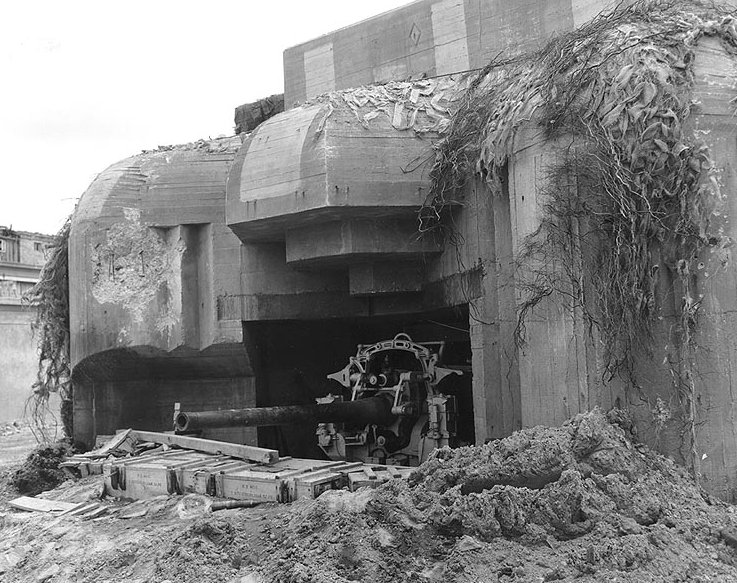
Static defenses made it easier for such troops to hold their ground, starting on three ridge lines that formed the basis of the outer defenses. But they would make it harder to launch effective counterattacks.
The Assault Begins
Before attacking Cherbourg, the Allies launched a heavy aerial bombardment, pounding the city’s defenses. Then, at 2pm on the 22nd of June, the ground attack began.
It was a bloody and distressing business for the advancing American infantry. Machineguns stationed in concrete bunkers allowed the Germans to inflict heavy casualties on the Americans while remaining safe from small arms fire. The Americans had to take out these strongpoints one at a time, approaching in the open and under fire.
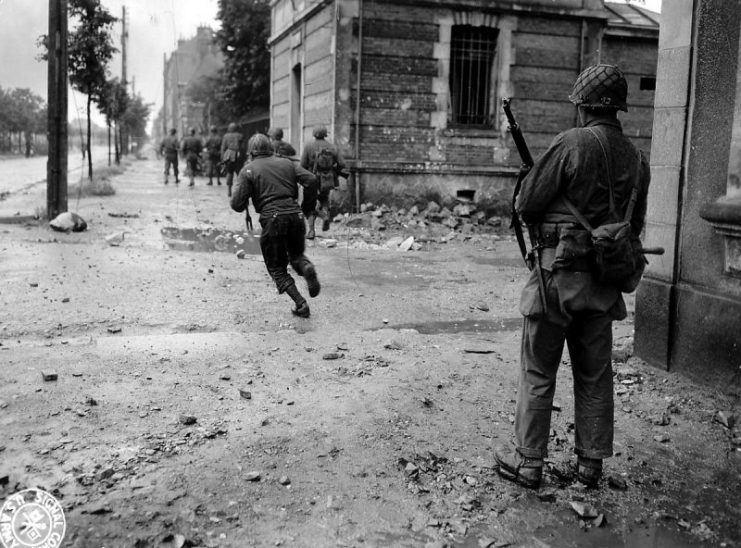
Some of the attackers had already faced the Germans in a series of skirmishes on their way up the peninsula. Now they had to learn a new style of combat, as they engaged in bitter street fighting. They progressed house by house into Cherbourg, groups leapfrogging past each other. One group would cover the buildings opposite, watching out for enemy fire, while the other advanced. Then the roles would reverse.
The infantry were supported by tanks and artillery, but much of the hard work and most of the danger fell upon them.
Courage Amid the Carnage
Acts of extraordinary courage took place amid the fighting.
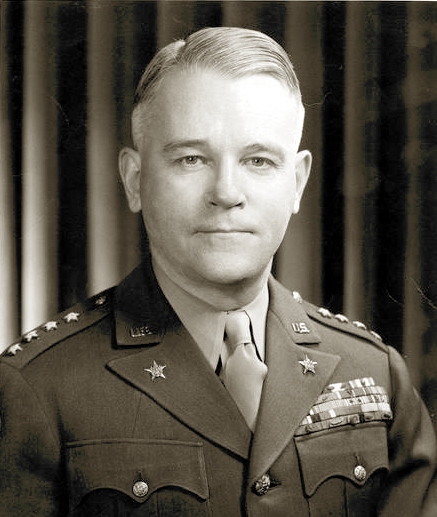
Lieutenant Carlos Ogden earned the Medal of Honor for his part in the fighting. Though injured in the head, he took out one of the Germans’ deadly 88mm guns with a rifle grenade. He then ran forward with grenades and, despite being wounded again, took out the nearby machineguns.
Corporal John Kelly was part of a platoon that became pinned down by enemy fire. Crawling forward to a German machinegun post, he fixed a pole charge to the concrete and retreated. When that charge failed to go off, he crawled forward under fire again, attached another charge, and managed to blow off the gun barrels. Advancing a third time, he flung grenades into the pillbox through its rear door, taking it out. He too was awarded the Medal of Honor.
Holding Out
General von Schlieben held out for as long as he could in the face of the Allied advance. He lived in a network of tunnels and bunkers filled with dust, smoke, and the sound of generators. With him were a mass of disheartened support staff, all now trapped by the approaching enemy.
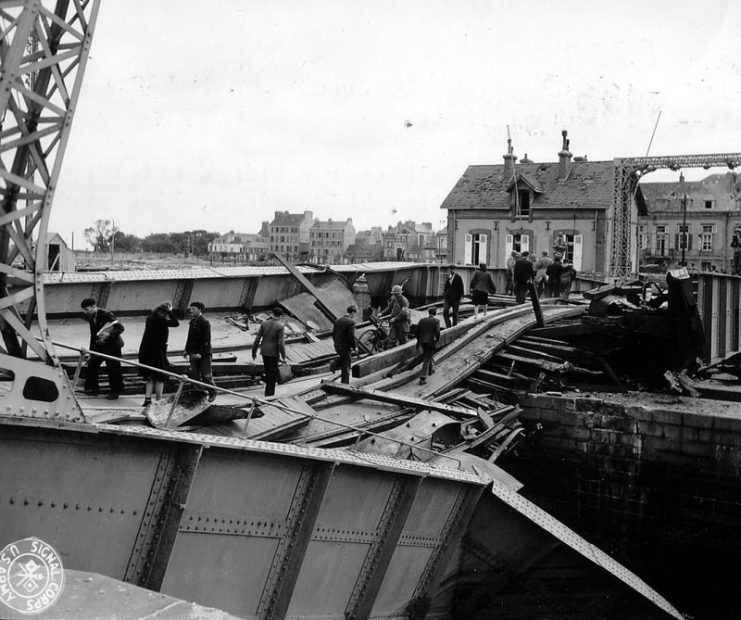
On a map in his command post, von Schlieben watched the Allied advance play out on a wall map, which an aide updated based on reports from across the city. Though it was clear that he could not win, von Schlieben was determined to make life difficult for his enemies.
The End
On the 26th of June, American tank destroyers started shooting into the tunnel entrances to von Schlieben’s base. At last, he surrendered. Bradley, angry at the lives lost due to Schlieben’s tenacity, and by his refusal to order a total surrender by the remaining Germans, refused to meet him.
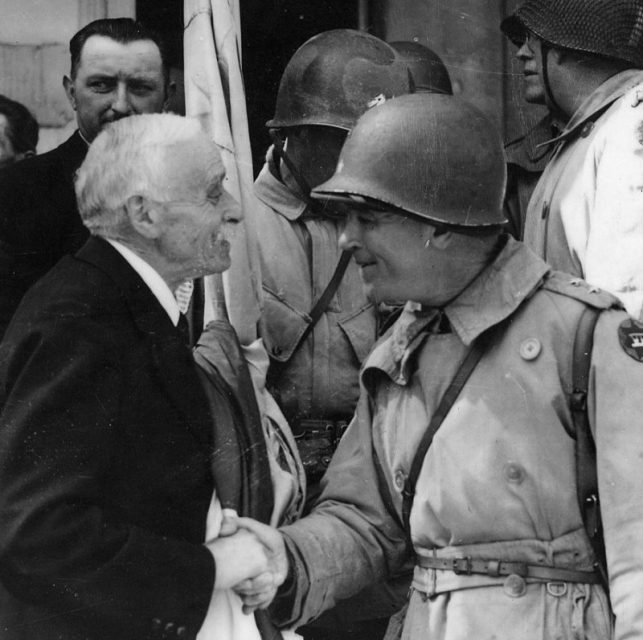
Organized German resistance ended on the 27th, though fighting continued at nearby Cap de la Hague for several days.
The American officers quickly realized that they couldn’t stop their men from celebrating with captured booze, so let them cut loose on these stocks of wine, brandy, and champagne. Many men set out hungover the next day for the long march south towards the next fight. The supplies they took with them kept them in drink across the European campaign. Bradley, given half a crate of champagne, sent it home to toast his grandson.
Three weeks after they landed, the Americans had taken the major target of their early operations. It had been a tough fight, and they had earned the right to celebrate.
